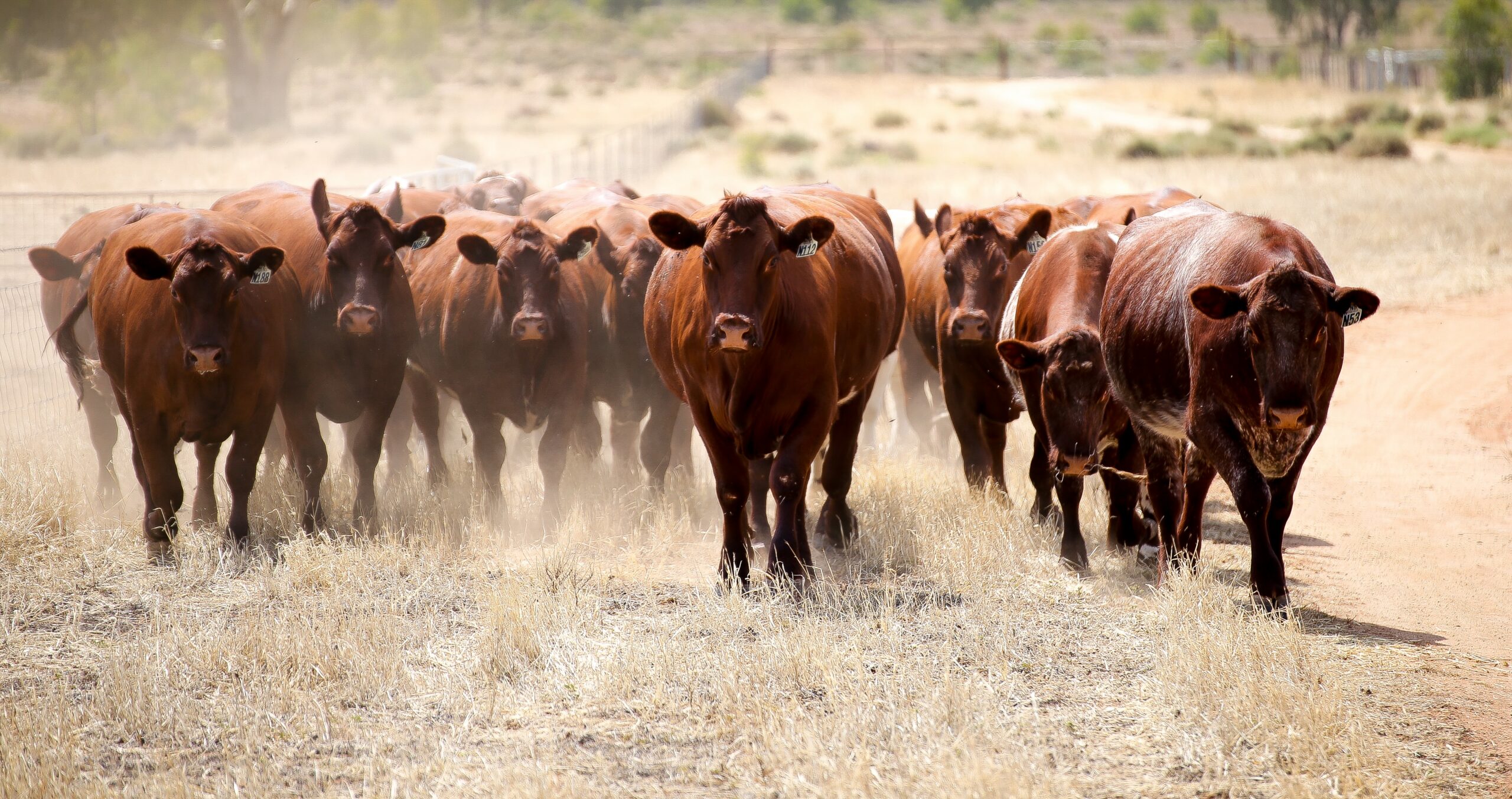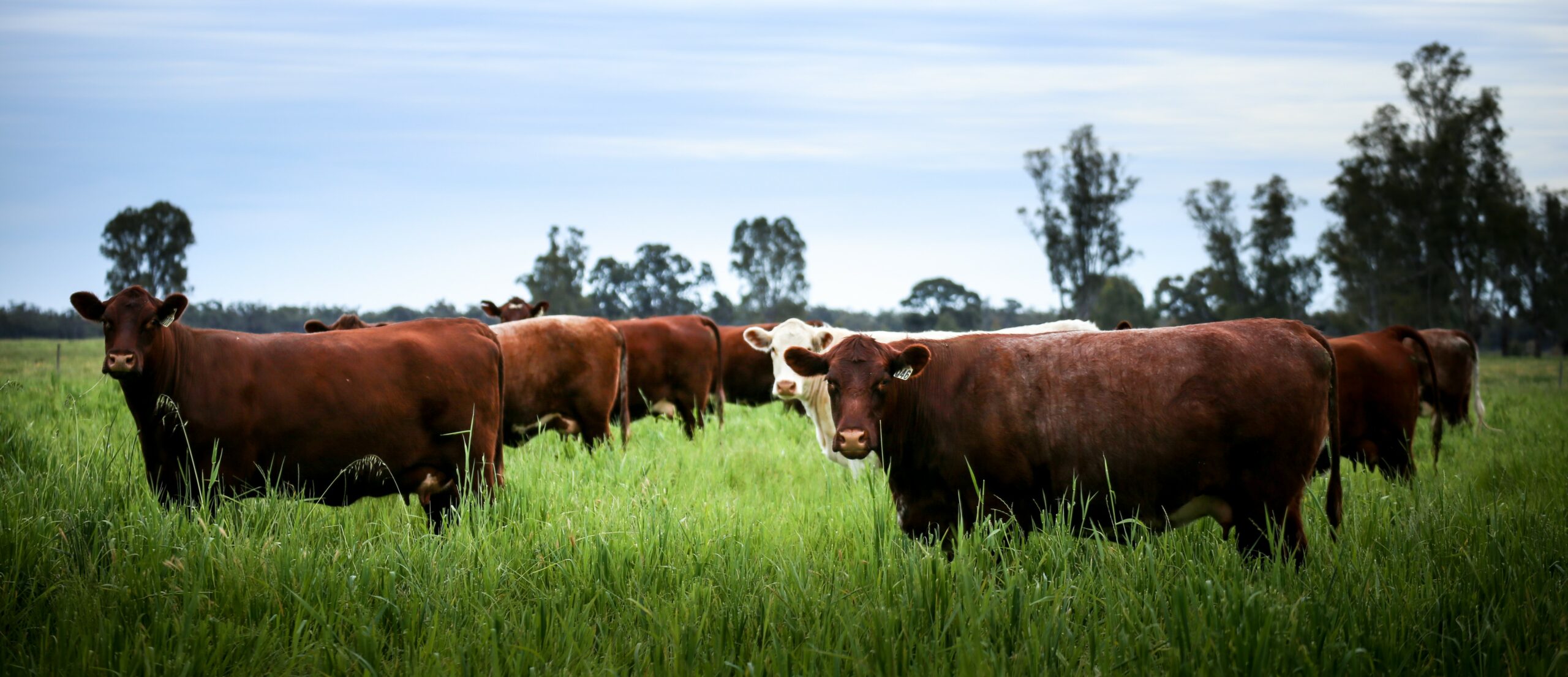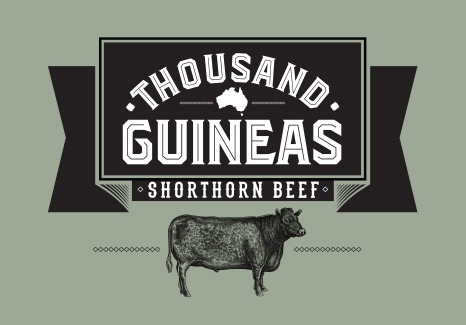Beefing up your BREEDPLAN recording
Beefing up your Breedplan Recording 2
Don’t ignore Outlier Reports and Extreme EBV flags;
Every time Breedplan analyses a run for your herd, the analysis statistically checks whether or not the animal’s performance in each analysis group is within an expected range for the group.
Animals outside this range are classified as Outliers. The outlier limits are fairly wide with the probability of an outlier being in the correct analysis group being about a 2 in 5000 chance.
Outliers may occur for a number of reasons, however most problems relate to coding and data entry/transposition errors or poorly defined management groups.
If there are Outliers in your herd you will find a loose sheet enclosed with your current Breedplan report detailing those animals. Attached to the Outlier list will be instructions on how to check and correct the outlier information.
If you do not return your corrected/verified Outlier reports to Breedplan for processing before your next set of data to Breedplan, or before the next Group analysis, then the outliers listed will be automatically excluded from all future Breedplan analyses and EBVs may not be available for the outlier animal concerned.
EBVs that appear with “ext” alongside the EBV indicates an Extreme EBV, meaning that the EBV exceeds the range expected for that particular trait, given the information known about the animal, but are not as “far out” as outliers.
You should check the performance data submitted for that animal, including the actual measurement and management group and advise Breedplan staff if corrections are required.
Make sure you supply Recipient Dam details.
Herds that use embryo transfer need to identify the breed and age of the recipient
dams of ET calves.
If the breed of recipient dams is not supplied ET calves are split into single animal analysis groups and therefore their own performance cannot be used. If possible recipient dams should be of the same breed, preferably Shorthorn cows that have been Breedplan recorded.
If you do not return your corrected/verified Outlier reports to Breedplan for processing before your next set of data to Breedplan, or before the next Group analysis, then the outliers listed will be automatically excluded from all future Breedplan analyses and EBVs may not be available for the outlier animal concerned.
Small Herds & BREEDPLAN
Small herds can benefit greatly by being linked to the breed base through Shorthorn Breedplan – it allows them to see how their animals compare with the breed average and other herds, identify sires that will progress their breeding program, and compete on a level playing field with larger studs when marketing their animals.
The basis by which BREEDPLAN works is to compare the performance of animals to other animals in the same management group. Where there is only one animal in a group there is nothing to be compared with and therefore its performance cannot be used, so the calf either doesn’t get an EBV or at best only gets a mid-parent average.
Herds with as few as 10 cows can get meaningful EBVs, however they need a tight management program to ensure that all of their animals are included.
Calves are only analysed in the same group if they:
- were bred in the same herd,
- are of the same sex,
- were born within 45 days (for birth and 200 day weight) or 60 days (for 400 and
600 day weight) of each other,
- have been run under the same conditions,
- and have been weighed on the same day.
An analysis group must therefore have a minimum of two animals in a contemporary group. There are a number of strategies that breeders can use to ensure that the performance of calves will be included in effective analysis groups.
Restricted calving periods. As calves are only included in the same analysis group if they are born within 45 (60) days of one another, it is essential that small herds have as shorter calving period that is practical. 6 to 8 weeks is ideal.
Run all calves under the same management condition. Where possible all calves should be run under the same conditions and weighed on the same day. If calves are to be split into different groups it is useful to weigh the whole group before it is split. For example, it is possible to take 200 day weights anywhere between 80 and 300 days of age, so you can weigh all male calves as a group before a portion of them are castrated.
Inclusion of commercial animal. Many breeders have a small stud herd run in conjunction with commercial animals. If you have some commercial Shorthorn cows, they can be recorded on the Performance Register. This allows a greater number of animals to be included in the same analysis group. This can also be achieved by analyzing together the performance of animals from two stud herds that are run on the same property.
Use AI sires that have strong Breedplan linkage. Better to use AI sires that are Breedplan recorded themselves, preferably with high accuracy EBVs. These sires improve your herd’s linkage to the database. Where you are using both AI & natural mating, the AI should be timed so that all calves are born within the same time frame.






